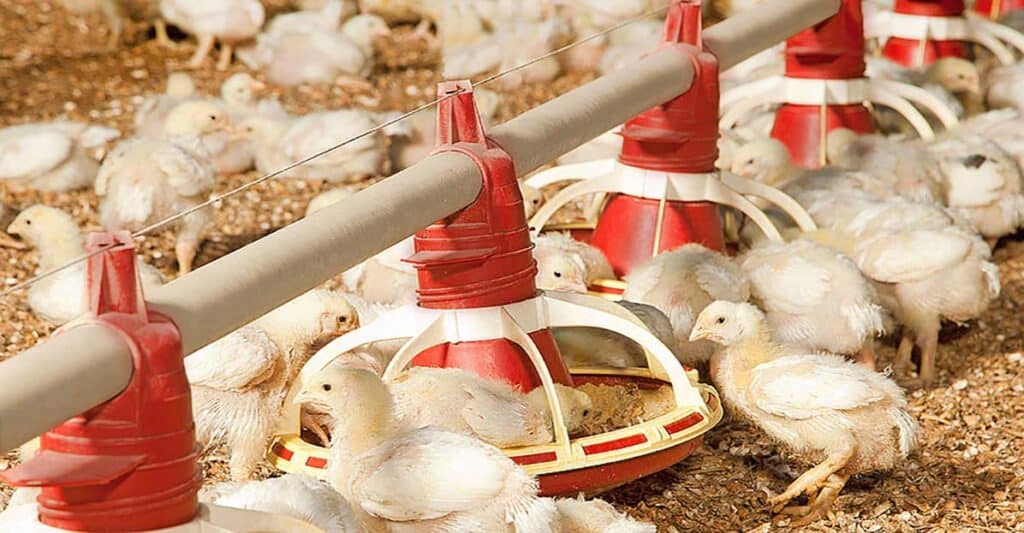Sabong Inbreeding and Crossbreeding: Balancing Tradition and Genetic Health
September 21, 2023
Conclusion
Sabong enthusiasts face a critical decision in their pursuit of preserving both tradition and genetic health in their fighting cocks. Inbreeding, while rooted in tradition, poses a substantial risk to the genetic well-being of these birds. Crossbreeding offers a solution to counter the negative effects of inbreeding, introducing new genetic diversity and enhancing the health and vitality of the birds.
The path forward involves responsible and selective crossbreeding practices, which respect the legacy of specific lineages while embracing the need for genetic diversity. Balancing tradition with genetic health is a challenging but necessary task to ensure that sabong remains a vibrant and sustainable sport for generations to come. Ultimately, it is in the best interest of sabong enthusiasts to embrace the science of genetics and adopt practices that safeguard the future of their beloved sport.
Client
Rometheme
Project
Video Marketing

Sabong, or cockfighting, is a popular traditional sport with deep-rooted cultural significance in many parts of the world. While it remains a cherished pastime for enthusiasts, there is growing concern about the genetic health of the fighting cock breeds due to inbreeding. To address this issue, many breeders are turning to crossbreeding as a means of preserving the sport’s heritage while ensuring the long-term vitality of the birds.
Inbreeding: The Hidden Threat
Inbreeding, the practice of breeding closely related birds, is a common practice among sabong enthusiasts looking to preserve the characteristics and traits they value in their birds. While this may seem like a practical approach to maintain the lineage’s desired features, it poses significant risks to the genetic health of the birds.
Increased Susceptibility to Diseases: Inbreeding leads to a reduction in genetic diversity, making birds more vulnerable to diseases and infections. This can result in a higher mortality rate and lower overall bird health.
Loss of Vital Traits: Over time, inbreeding can lead to a loss of vigor and vitality in the birds. Traits like stamina, aggression, and fighting prowess may diminish, affecting the sport’s integrity.
Genetic Disorders: Inbreeding increases the likelihood of genetic disorders, which can manifest in physical deformities, impaired growth, and other health issues.
Crossbreeding: A Solution for Genetic Health
Crossbreeding involves mating birds from different lineages or breeds to introduce new genetic material into the gene pool. This approach can help mitigate the negative effects of inbreeding and rejuvenate the genetic health of sabong birds.
Benefits of Crossbreeding:
Increased Genetic Diversity: Crossbreeding introduces new genetic material, leading to a more diverse gene pool. This diversity can help counter the negative effects of inbreeding and reduce the risk of genetic disorders.
Improved Fitness: Birds resulting from crossbreeding often exhibit increased vitality, resilience, and overall health. This can lead to stronger and more capable fighters.
Preservation of Traits: Through selective crossbreeding, breeders can preserve desired traits while minimizing the risks associated with inbreeding. This approach allows for the retention of valuable characteristics without compromising bird health.
Challenges of Crossbreeding:
Loss of Purebred Identity: Intensive crossbreeding can dilute the purity of specific lineages or breeds. Breeders must carefully manage their programs to strike a balance between genetic health and maintaining breed identity.
Learning Curve: Effective crossbreeding requires a deep understanding of genetics, breeding techniques, and a long-term vision. Breeders need to invest time and effort in educating themselves and adapting their practices.
